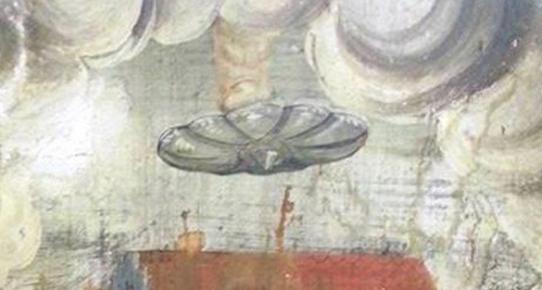Before you read this online article: please understand I’m not a connoisseur or a high-level guru, I’m just an average guy into alternative research.
MOSES AND THE BURNING BUSH ON MOUNT HOREB: ALEXANDER III THE GREAT AND CALANUS.
“Meanwhile Moses was tending the flock of his father-in-law Jethro, the priest of Midian. Leading the flock across the desert, he came to Horeb, the mountain of God. There an angel of the Lord appeared to him in fire flaming out of a bush. As he looked on, he was surprised to see that the bush, though on fire, was not consumed.”
(Exodus 3:1-2)
Everyone has heard the fascinating story of Moses and the burning bush, it is a tale of supernatural phenomenon. This well-known episode in the Old Testament it’s a decisive moment when the Lord God reveals his ineffable name to Moses, the first time he has revealed his name to anyone. The burning bush is located on Mount Horeb, on modern-day Sinai in Egypt. When Moses beheld the bush, it was on fire but it was not burned by the flames. Yhwh, the God of Abraham, the God of Yitzhak, and the God of Yaakob, told his servant Moses that he had seen the affliction of his people Israel in Egypt. He promises to rescue them and bring them out of Egypt into the land of milk and honey, the good and spacious land of Canaan, in Syria-Palestine.
And who is he that will face great pharaoh and tell him that Yhwh Himself has promised to lead the Israelites out of Egypt? Who is the champion that will tell pharaoh ‘Let my people go’? Moses the Levite, son of Jochebed. In Exodus 3:19 Yhwh tells Moses that the king of Egypt will not set him free unless he is forced. Basically, Moses Ben Levi is Israel’s messiah.
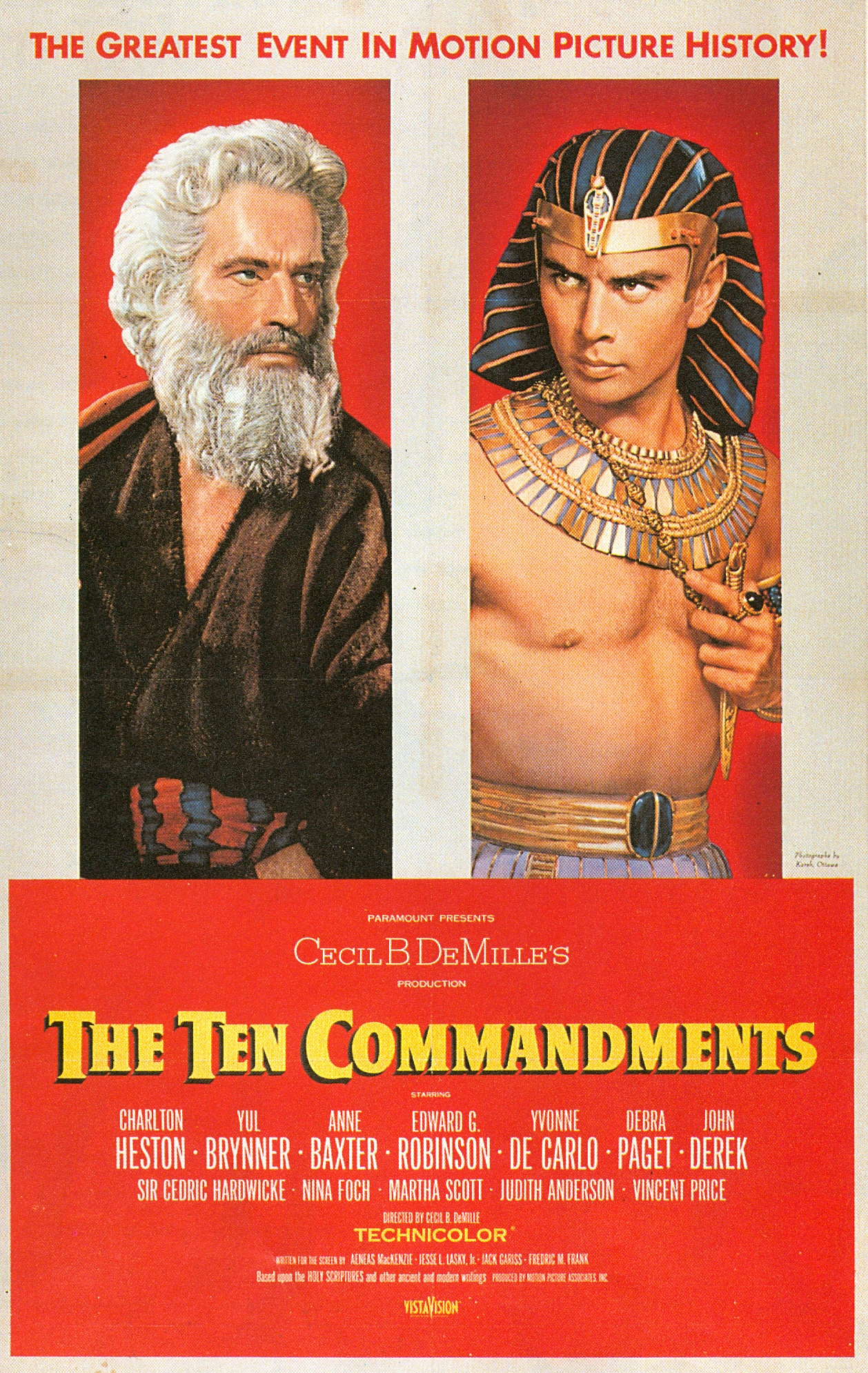
(Moses versus Ramses II. The Ten Commandments, a classic film from 1956 directed by Cecil B. DeMille)
This Biblical tale is very compelling but unfortunately it is a false construct, a lie. Moses didn’t speak to the angel of the Lord in Mount Sinai, Egypt. In fact, the entire episode is based on something that transpired in Persia in 324 B.C.E. The scribes who wrote the Pentateuch decided to tell the tale of Alexander III the Great, king of Macedonia, when the Brahmin priest Calanus joined his army at Taxila in modern-day Punjab, between the Indus and the Jhelum (south of Gandhara). At Persepolis, after falling ill during the crossing of the Gedrosian desert, the gymnosophist Calanus decided to commit suicide by fire according to his own religious customs. He was seriously ill. Instead of continuing to suffer, he persuaded Alexander to agree to it. The Macedonians were astonished as he climbed a funeral pyre and lay motionless as he was consumed by the flames. As the flames licked at his flesh, the soldiers raised their war cry and elephants trumpeted during Calanus’s immolation. After the amazing spectacle Alexander marched his troops back to Susa in Persia.
The scribes who wrote the Bible encoded Alexander as Moses and masqueraded Calanus as the angel in the flames. Time dilation-length contraction! They transplanted Alexander and Calanus back in time from Persia to ancient Egypt.
(Alexander III the Great, king of Macedonia, son of Philip II and Olympias. Born in Pella, Macedonia on July 20, 356 B.C.E., died of fever in Babylon on June 10, 323 B.C.E.)
The Calanus episode took place in 324 B.C.E., way after Ramsses II and Seti I of the XIX dynasty. The Israelites who left Egypt en masse for Canaan were the Hyksos who were expelled by Ahmose I, founder of the XVIII dynasty (before Ramsses II). The Hyksos solidified their rule in Avaris, Lower Egypt during the XV and XVI dynasties, they were invaders from the north. After their decisive defeat by Ahmose I, they settled in Sharuhen in southern Palestine, then they traveled up to northern Syria. A few years later the followers of pharaoh Akhenaten were forced to flee Egypt during the reign of Horemheb. The priests of Amun considered Akenaton a heretic, his followers were treacherous criminals that could not be forgiven, they were like lepers. They were exiled and they settled in Palestine.

(pharaoh Amenhotep IV, also known as Akhenaten. The reformer Akhenaten turned Egypt upside-down with his monotheistic religion of the Aten. His sun-worship cult resembles Yahweh monotheism to some extent)
So, the sages who created the Bible put three Exoduses in a blender and gave us a final story, an official narrative. They took the exodus of the Hyksos, the exodus of the despised priests of Akhenaten, and the exodus of the Macedonians marching back from India to the Gedrosian desert in Makran, southern Iran. Three different events were turned into one mega-event in a timeline. The marching back homeward of the Macedonians took place on Sept-Oct 325 B.C.E., Alexander had invaded India back in 327 B.C.E. The scribes at the service of Ptolemy I Soter made us believe that Ramsses II was the arch-villain who oppressed the Israelites.
(Pharaoh Ramsses II the Great, buried in tomb KV 7, in the Valley of the Kings, in Thebes. Genesis 47:11 says Joseph settled his father Yaakov and his brothers in the region of Rameses, in Goshen)
Hollywood has programmed us to believe that bearded Moses had a profound mystical experience in Mount Sinai, in an ecstatic trance he received a divine revelation from God. This is fiction! The tale of Moses and the burning bush was concocted by Ptolemy I Soter, who became king-pharaoh in Egypt in 305 B.C.E., after the death of Alexander in 323 B.C.E.
Ptolemy I Soter was one of Alexander’s elite generals. He was born in Macedonia around 367 B.C.E., the son of Lagus and Arsinoe. Ptolemy served Alexander wholeheartedly during his Panhellenic expedition from 334 to 323 B.C.E. (he was one of his confidants). After the death of Alexander in Babylon in 323 B.C.E. the empire was shattered, Ptolemy’s aim was to possess the rich and self-contained satrapy of Egypt, not succeed Alexander as lord of Asia. Sagacious Ptolemy became king-pharaoh in 305 B.C.E., he reshaped Egypt as a hybrid Greco-Egyptian kingdom and transformed Alexander from a heroic Macedonian king to a universal god. Ptolemy devised an imaginative fusion of Alexander, Ptah, and himself.
(Alexander was crowned as pharaoh in Egypt on November 14, 332 B.C.E., he was given the royal title ‘Setepenre Meryamun.’ Alexander offers a libation to the Egyptian god Amun-Min, relief on the outer wall of the sanctuary in the temple of Amun at Luxor)
Basically, the Macedonians that conquered Asia re-invented themselves as ‘Ioudaioi’ (Jews), a hybrid Euro-Asian elite destined to rule the brave new world created by their messiah Alexander. They went from polytheism to kosher-monotheism. Ptolemy I Soter is the real lawgiver of the Jewish people, the engine behind the creation of the Torah, the political constitution of Israel. The Septuagint was translated from Hebrew to Greek by seventy-two scribes in the Island of Pharos off the coast of Alexandria. It is said that the work was completed in the days Ptolemy II Philadelphus (284-246 B.C.E.).
(Ptolemy I Soter died in Egypt either on 283 or 282 B.C.E., he was succeeded by his son Ptolemy II Philadelphus, born in 309 or in 308 B.C.E.)
CALANUS: COME NO NEARER!
How do we know that the scribes who created the book of Exodus encoded Calanus as the flaming angel of Yhwh? Well, they gave us a few hints. The Indian sadhu Calanus, the mysterious ascetic Brahman from Taxila who accompanied Alexander through his campaign in India, he gained a great reputation as an oracle and philosopher with Alexander’s troops. The monk sowed no seeds, built no home, and wore no clothes. He displayed an absolute contempt for the comforts of civilized life.
If we examine Chapter 3 of the book of Exodus we’ll see that the Lord God called out to Moses from the bush and tells Moses to come no nearer (Exodus 3:5). As we already know, Alexander invaded India in 327 B.C.E. When he set out for the Hypasis, the Beas, to subdue the peoples beyond it, his army mutinied. They had marched thousands of miles and since it had left the Jhelum, the heat was suffocating and the rain was incessant. It is astonishing to see that the troops endured such hardships for so long.
It is said that Alexander offered sacrifices for the passage of the Beas but that the oracle proved to be unfavorable. Eventually Alexander made known to the army that he had resolved to march back to Babylon. His soldiers rejoiced wildly. On the way back home, at Pasargade, Calanus became deadly ill, he was experiencing excruciating suffering. The monk decided to commit suicide by fire and Alexander gave his consent. It is said that when Alexander tried to approach Calanus to say a final goodbye, Calanus stepped back; he did not want to be touched by the king (Calanus avoided physical contact). He told Alexander that he would see him in Babylon. Calanus climbed the funeral pyre and expired amidst the flames.
This is why in Exodus 3:5 the Lord God says to Moses “Come no nearer.” This is a reference to Calanus avoiding being touched by Alexander before his departure from the physical world. The angel of God mentioned in Exodus 3:5 was a black haired-brown skinned Hindu.
(marble statue of Alexander, Acropolis museum, Athens)
MY NAME IS “IT SHALL BE THAT IT SHALL BE.”
Exodus 3:5 says that the Lord God told Moses to remove his sandals from his feet, for the place where he is standing is in holy ground. When we read this Biblical passage we’re under the impression that this event transpired in Mount Horeb, in Sinai-Egypt (Exodus 3:1). In Exodus 3:14 God reveals to Moses his sacred name “It shall be that it shall be”, ‘Yeheyeh Asher Yeheyeh’ in Hebrew. The English translation is “I am who I am.” This utterance seems to be the source for the name Yahweh (יהוה).

(The name ‘Yeheyeh Asher Yeheyeh’ contains two of the letters found in the Tetragrammaton, Yud [י] and Heh [ה], but not the Vav [ו]. The name Yhwh is a reference to Jove-Zeus. The Javan mentioned in Genesis 10:2 is Greece, Javan sounds like Jove. The Hittites knew Achaea in Greece as ‘Ahhiyawah‘: Ahi-Yawah = Yhwh)
The holy name is Janus-like, symmetrical, of balanced proportion: “It shall be that it shall be.” ‘It shall be’ is on the right (Yeheyeh: אהיה, ‘That’ is in the middle (Asher: אשר), and ‘It shall be’ is on the left (Yeheyeh: אהיה). This sacred name is an encryption-code for Alexander’s vast empire stretching from Macedonia to Pakistan (India). The center, the headquarters of his empire was Babylon, not too far from Susa (Shoshan: שושן). Let us not forget that Alexander had been proclaimed pharaoh in Memphis on November 14, 332 B.C.E. He became the undisputed master of Asia on October 1, 331 B.C.E. when he defeated Darius III in the battle of Arbela. So, the holy name mentioned in Exodus 3:14 represents Alexander’s vast multi-ethnic empire. The word ‘Asher’ in the center of the name (אשר) symbolizes the stronghold of Susa, it contains the letter ‘Shin’: ש.
What does this have to do with the Brahmin priest Calanus? Tradition says that on the stately appearance of Alexander and his huge army at Taxila, naked Brahman ascetics standing by the roadside stamped their feet on the ground, as if Alexander and his men didn’t exist. When the great Macedonian general inquired of their theatrical behavior, Calanus laid before him an illustration of state government. It is said that Calanus threw down upon the ground a dry shriveled hide and set his foot upon the outer edge of it. The hide was pressed down in one place but rose up in another. Calanus stepped all around the hide and showed this was the outcome wherever he pressed the edge down. Finally, he stood in the middle of it and it was all held down firm. Calanus used a metaphor to show Alexander, the greatest conquistador of all time, that it was in his best interest to stop the invasion of India. Alexander ought to put most constraint in the center of his empire, in Babylon, and wander not far away from it.
This is why Exodus 3:5 says that Moses must remove his sandals from his feet, for the place where he is standing is in holy ground. The holy ground is mystical India, meaning the land that vomited Alexander’s army. Alexander must march back to Babylon through the Gedrosian desert in Baluchistan (Iran).
The sacred name “It shall be that it shall be” is Calanus’s prophecy for Alexander. Right before climbing the funeral pyre at Persepolis, Calanus told Alexander not to come near him. He told the king that he would see him in Babylon. Basically, in 324 B.C.E. Calanus predicted that after leaving India, Alexander would die soon afterwards in 323 B.C.E. In October 324 B.C.E. Alexander experienced a cruel blow with the sudden death of his close companion Hephaestion from a malignant fever (Ecbatana, Media). Soon after Alexander died of a sudden fever in Babylon, in the palace of Nebuchadnezzar, on June 10, 323 B.C.E. Some believe he was poisoned. Either way, Calanus’s omen proved to be true.
(bronze portrait of Alexander, found in Boubon, Lycia)
LET MY PEOPLE GO! PHARAOH’S OBDURACY.
After that, Moses and Aaron went to pharaoh and said, “Thus says the Lord, the God of Israel: Let my people go, that they may celebrate a feast to me in the desert.”
(Exodus 5:1)
We have been conditioned to believe that the pharaoh who refused to heed Yhwh’s plea to let Israel go is Ramsses II. This is wrong. As far-fetched as this might sound, the pharaoh keeping the people hostage is Alexander, not Ramsses II or Ahmose I. The tale of stubborn pharaoh oppressing his captives is the tale of Alexander forbidding his troops to leave India and return to the motherland Macedonia. The expedition against king Darius III of Persia started in 334 B.C.E., Darius was vanquished in 331 B.C.E., Alexander became master of Asia. In 327 B.C.E. Alexander set out for his endless campaign in India. In May 326 B.C.E. Alexander fought his last great battle against Rajah Porus, the Macedonians prevailed despite Porus’s war elephants. But later on at the Hyphasis river, with the plains and forests of India and countless battles opening up before them, Alexander’s army mutinied. After many years of constant fighting and with no end in sight, they were completely exhausted. The hardships, the heat, the rain…They had enough, they wanted to go back to Macedonia.
Conferences were held throughout the Macedonian camp, a certain Coenus was the spokesman for the troops. Many men openly declared that they would no longer follow Alexander any farther. It is said that Alexander retired to his tent to think matters over for three days. He offered sacrifices for the passage of the Beas and when he saw that the omen was not favorable he capitulated. In 326 B.C.E. the army turned back to Babylon, the heart of Alexander’s empire. On Sept-Oct 325 B.C.E. Alexander led 85, 000 soldiers and camp followers across the dry and inhospitable Gedrosian desert in Balushistan (Iran). The troops were greatly distressed by hunger and thirst. The ragged army left a trail of corpses in its wake, only 25, 000 survived. Alexander’s route took him back to Pasargadae, from there he headed to Susa.
The story of Israel’s wandering in the desert is an offshoot of ancient Macedonia. According to Exodus 5:3 Moses and Aaron told pharaoh that the God of the Hebrews sent them word that they go on a three-day journey in the desert, that they may offer sacrifice to the Lord. The three-day journey is equivalent to the three days Alexander took to think things over in his royal tent (in India). The plagues of frogs, gnats, flies, pestilence, boils, etc, mentioned in the book of Exodus, these are the hardships that Alexander’s army endured in the forests of India.
(Sculpture of Hephaestion Amyntoros, Prado/Spain. The plague of dense darkness mentioned in Exodus 10:21 is linked to the death of Hephaestion in 324 B.C.E. After his death Alexander temporarily shut down the temples of Ahura Mazda, supreme god of Zoroastrism. Ahura Mazda is the god of light)
ANAKIM: THE OFFSPRING OF THE NEPHILLIM.
So they spread discouraging reports among the Israelites about the land they had scouted, saying, “The land that we explored is a country and consumes its inhabitants. And all the people we saw there are huge men, veritable giants [the Anakim were a race of giants]; we felt like mere grasshoppers, and so we must have seemed to them.”
(Numbers 13:32-33)
The book of Numbers says when the twelve scouts of the Israelites reconnoitered the promised land of Canaan they saw fierce men there, giants. They were fainthearted, the whole community broke out in loud cries against Moses and Aaron. This Biblical tale is based on the revolt of the Macedonian troops against their overlord Alexander in India. The Macedonian morale had been broken down by rumors magnified by fear of the unknown, exhaustion, suffocating heat and incessant rain. Spokesmen for the army told Alexander not to lead the army against their will, for they would no longer fight the same men in regard to hardships and dangers.
There were rumors that the country beyond the Beas was inhabited by valiant men of great stature, with innumerable elephants. The Macedonians had enough of countless battles, they wanted to return home and see their wives and children. Basically, the scribes who wrote the book of Numbers encoded the tale of the Macedonian revolt in India and made it look like it happened in Syria-Palestine. The race of giant warriors mentioned in Numbers 13:32-33 were not light-skinned Caucasians like the Hurrians who lived in Palestine in the days of pharaoh Merneptah, they were black haired-dark skinned Hindus.

(Black obelisk of Shalmanaser III, British museum of London. The Caananite king Yaua the son of Humri, bowed to Shalmanaser III, king of Assyria. Yaua was a Hurrian, a Caucasian-Armenoid type)
CONCLUSION.
Ptolemy I Soter is the true lawgiver of the Jewish people, he is the creator of the Pentateuch. Exodus 24:9-10 says that the Israelite elite beheld the God of Israel as he was of human form, this is a clear reference to Ptolemy, who re-created himself as Ptah-Alexander-Ptolemy. Ptolemy took an essential role in Alexander’s postmortem future, in 321 B.C.E. he stole his corpse in Syria when it was on its way to Macedonia. Alexander’s reputation as the greatest conqueror in history made his body a magnet for soldiers who would flock to the banner of his successor, Alexander’s tomb would become the center of a religious cult. Ptolemy transferred Alexander’s body to Memphis and then to Alexandria.
Ptolemy made sure a legend would circulate and rewrite history by denying that Alexander was Philip II’s son and making him the offspring of pharaoh Nectanebo II. The legend says that the last indigenous pharaoh of Egypt fled Egypt for Macedonia in 343 B.C.E., there he disguised himself as Zeus-Ammon, he fathered Alexander on Olympias. Thus Alexander was the legitimate heir to the throne of Egypt, a pharaoh and a living god.
Alexander founded the city of Alexandria on April 7, 331 B.C.E., the emblem for Alexander’s cult in Alexandria were the snakes. A legend says that Philip II dreamt of sealing Olympias’s vulva with wax and later spied her embracing a serpent. When Alexander and his entourage made their perilous journey through the Siwah desert to consult the oracle of Amun, two snakes slithered near his feet, guiding him to the Temple. It is said that a great serpent called Agathos Daimon slithered out of the ground during the building of Alexandria in Lower Egypt. The Alexandrians worshipped the serpent born son of Zeus-Amun on the anniversary of the city’s foundation.
(Alexander visited the oracle of Siwah in Libya in 332/331 B.C.E., Ptolemy shared the perilous desert journey)
This is why Exodus 7:10 says that when Aaron was accompanied by Moses, he threw his staff before pharaoh and it became a snake. Exodus 7:12 says that pharaoh’s sorcerers, each one threw down his staff and it was changed into a snake. Aaron’s staff swallowed theirs. To this very day orthodox Jews wear black boxes attached to black leather straps tied with special knots called Tefillin. One is coiled around the arm like a serpent (Shel Yad), and the other one on the head, adjusted to fit snugly (Shel Rosh). Inside the two boxes are strips of parchment that are hand-written by a scribe, it consists of Biblical verses in which Tefillin are commanded. The leather straps with the boxes are made from the skin of a cow, this is a throwback to the cult of the Apis. The Apis was the incarnation of Ptah and the very name Egypt emanates from Ptah: Aigyptos = Hekaptah.
“Let this, then, be as a sign on your hand and as a pendant on your forehead: with a strong hand the Lord brought us out of Egypt”.
(Exodus 13:16)

(Alexander couldn’t become lord of Asia without Egypt’s blessing, in 332 B.C.E. he marched into Persian-occupied Egypt and was crowned as pharaoh. On Oct 1, 331 B.C.E. he defeated Darius III at Gaugamela)
ADDITIONAL INFO.
The Catholic version of the book of Esther has additional verses that make references to Alexander the Great. Esther chapter A:5 for example mentions two great dragons poised for combat, these are Alexander and Darius III (before Chapter 1). Esther chapter E:10, defines Haman the son of Hammedatha the Agagite as a Macedonian, not of Persian blood (before chapter 8). Haman is the descendant of Agag because Agag is a code for Aegae (Vergina), the capital of ancient Macedonia. Esther chapter E:14 says that Haman tried to transfer the rule of the Persians over to the Macedonians (before chapter 8). Haman is really Amun. Alexander is known as Zul Carnaein, the horned one, he wore the crown of Zeus-Amun and in Egypt he honored the deity Amun-Min. Finally, the text of Esther mentions Susa several times because in 324 B.C.E. Alexander arranged mass weddings in Susa. He made eighty-seven of his companions and ten-thousand ordinary Macedonian soldiers marry Asian women.






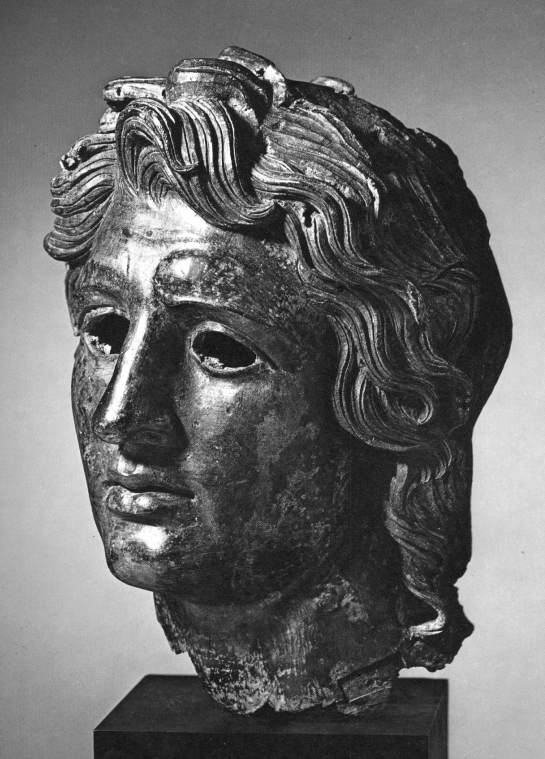



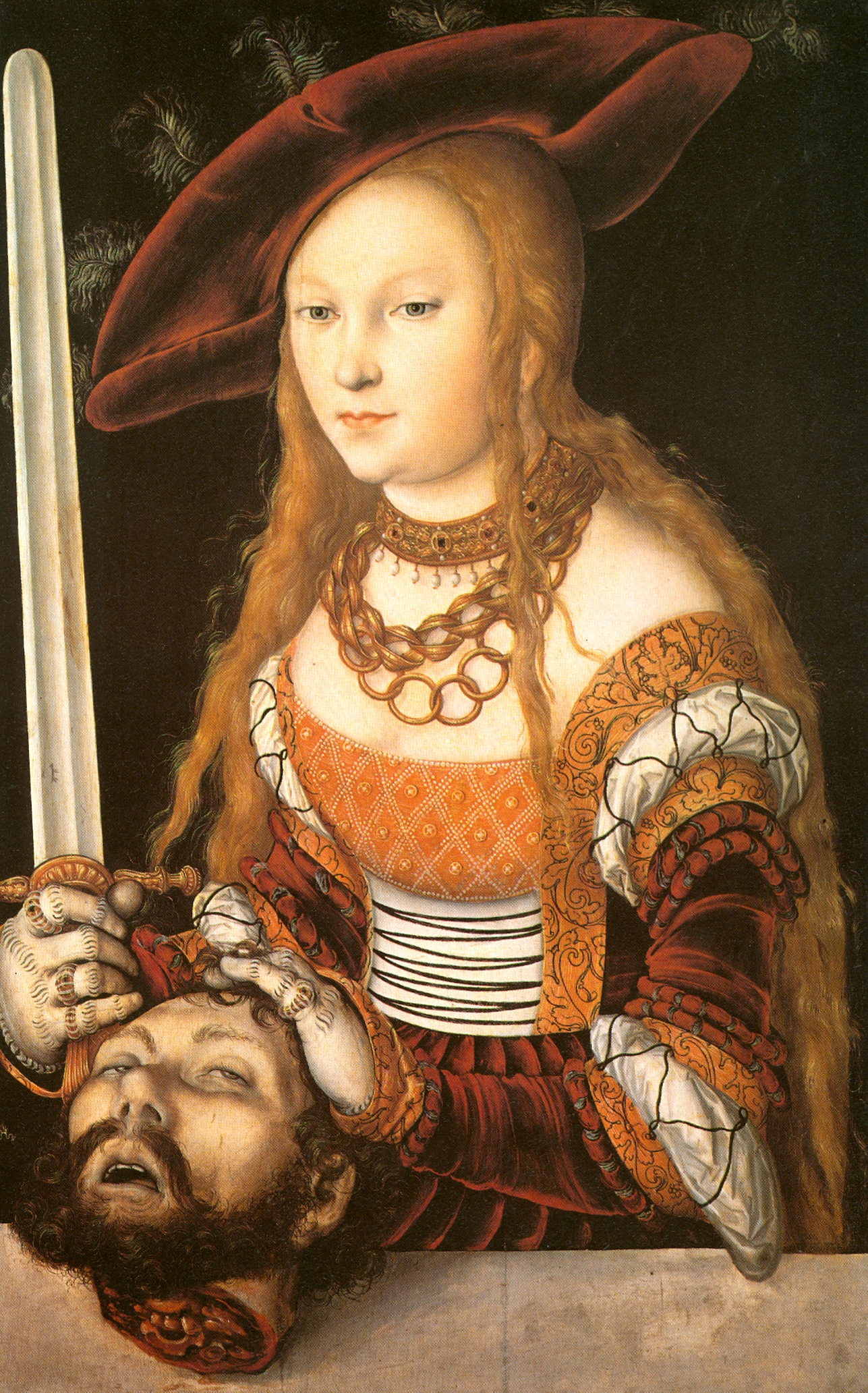


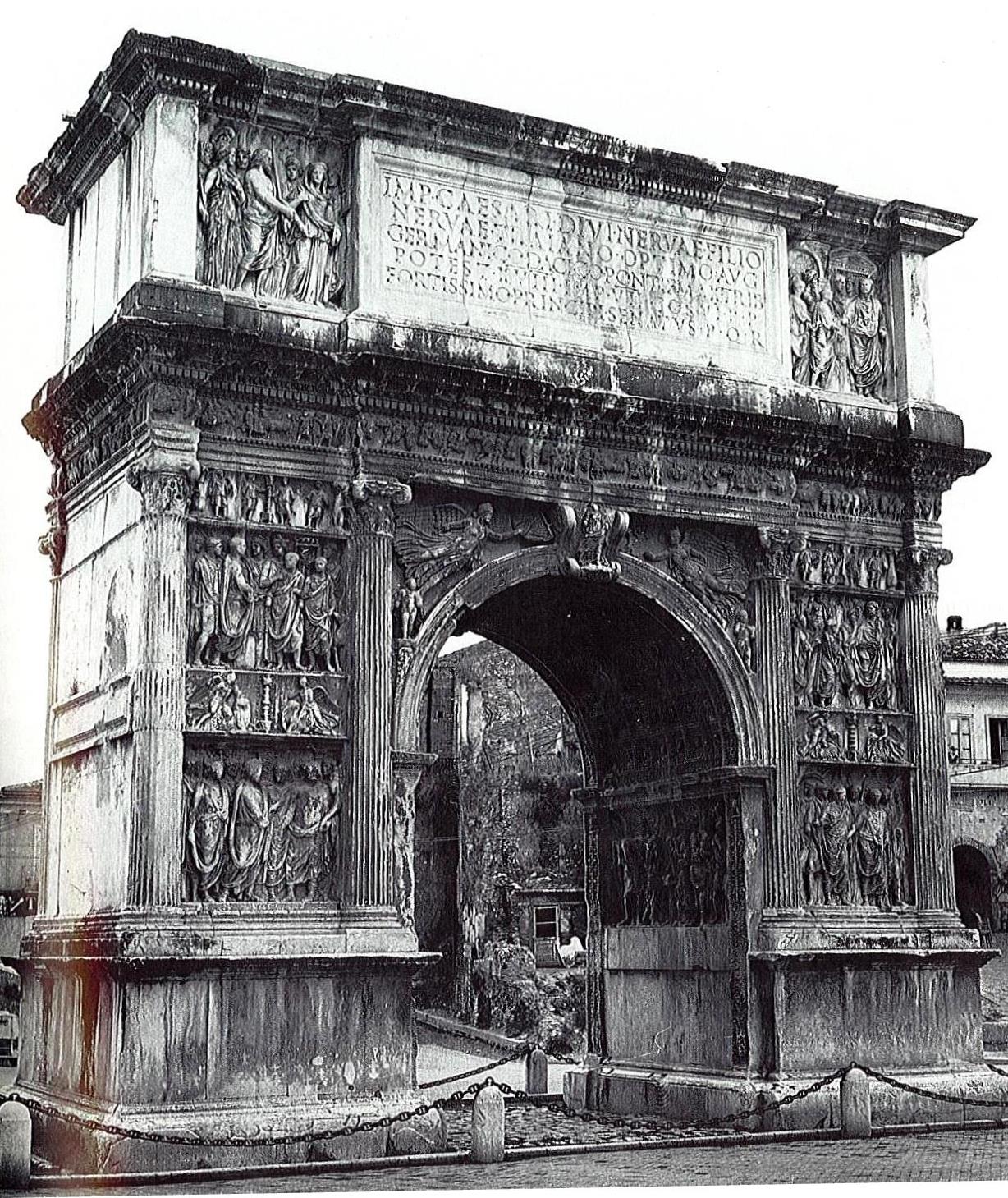







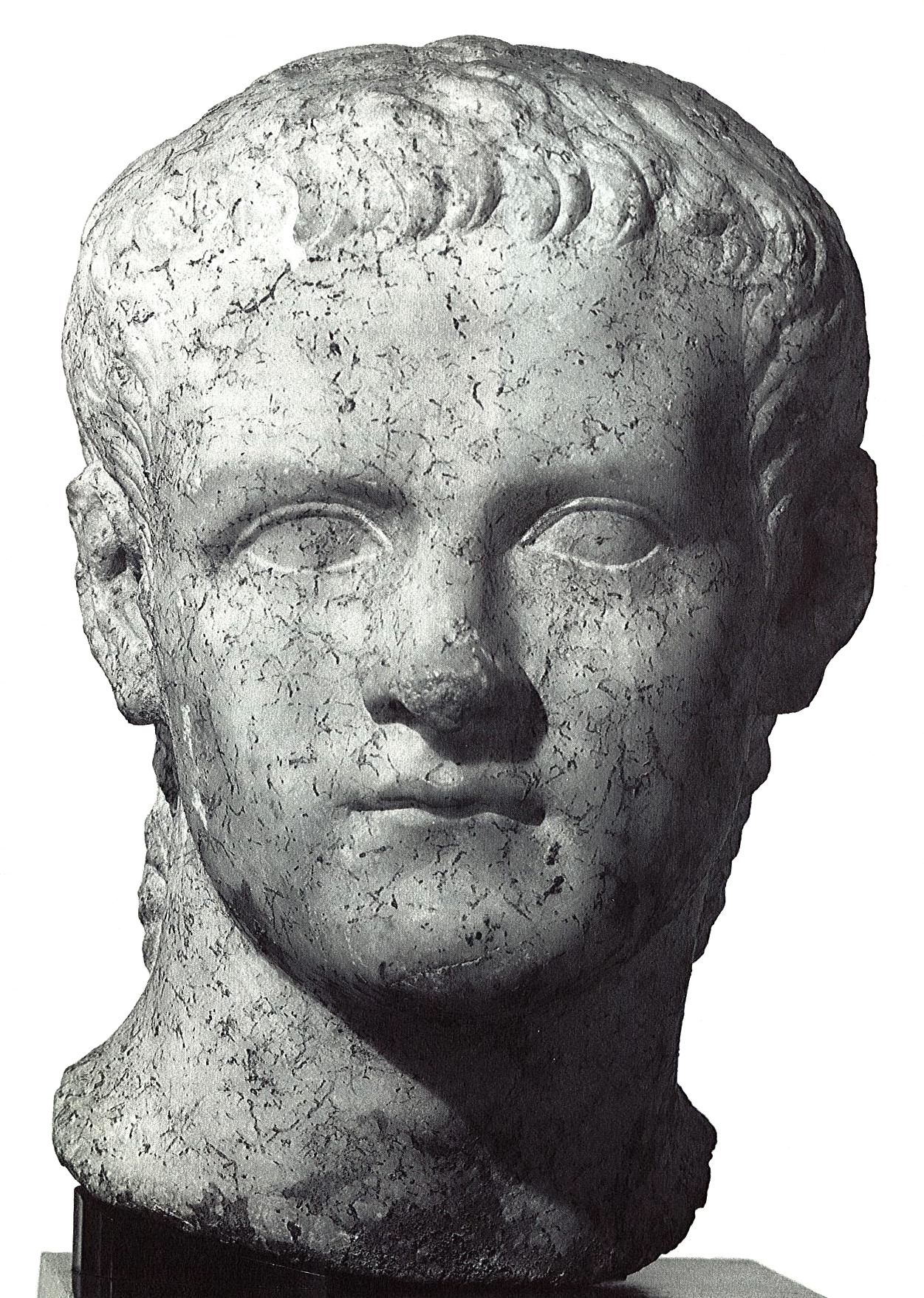
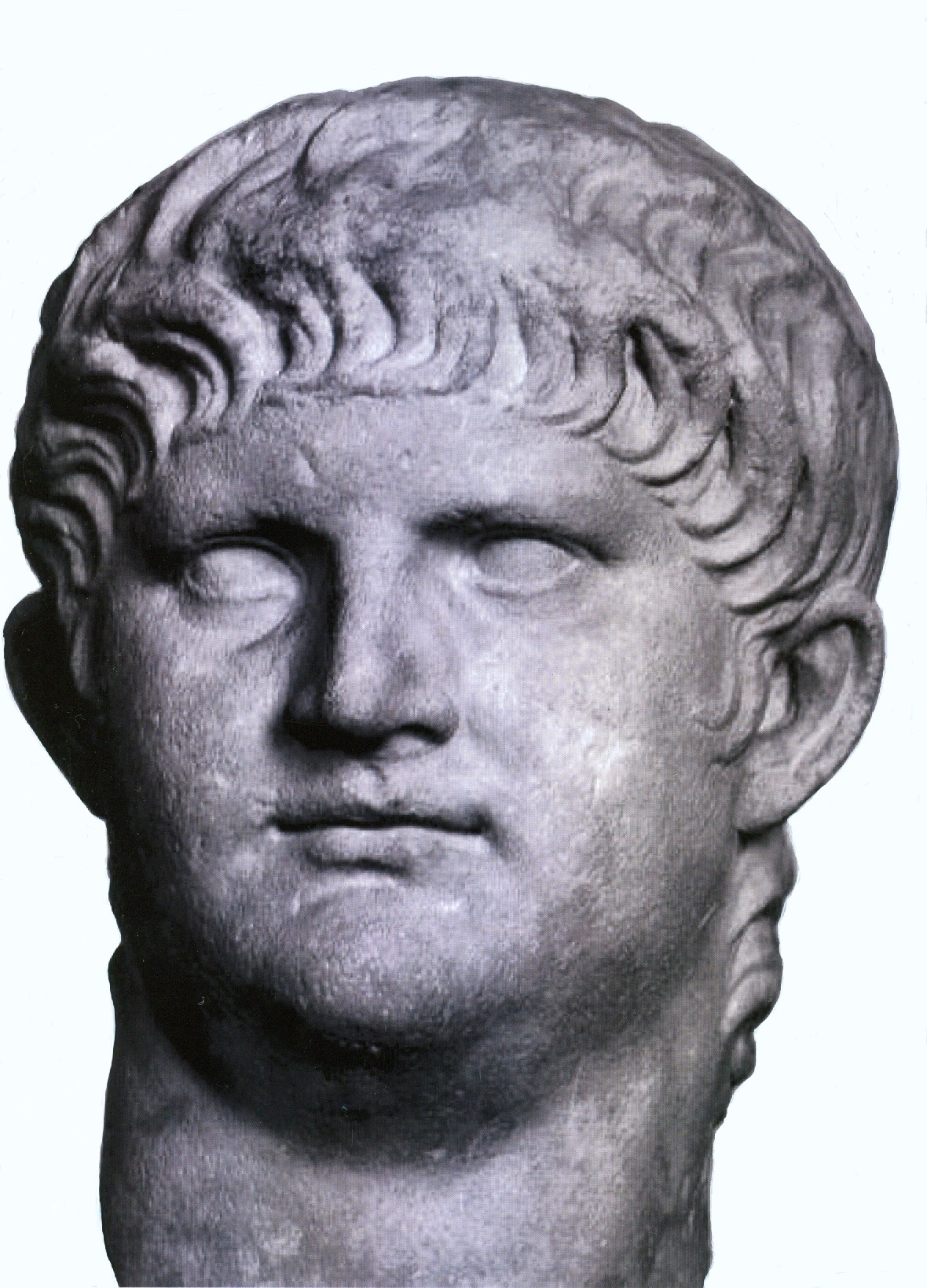






 (The rotating UFO has a long exhaust fume as if it is malfunctioning, indicating that Transylvania could be a UFO crash site, with a secret underground alien base)
(The rotating UFO has a long exhaust fume as if it is malfunctioning, indicating that Transylvania could be a UFO crash site, with a secret underground alien base)